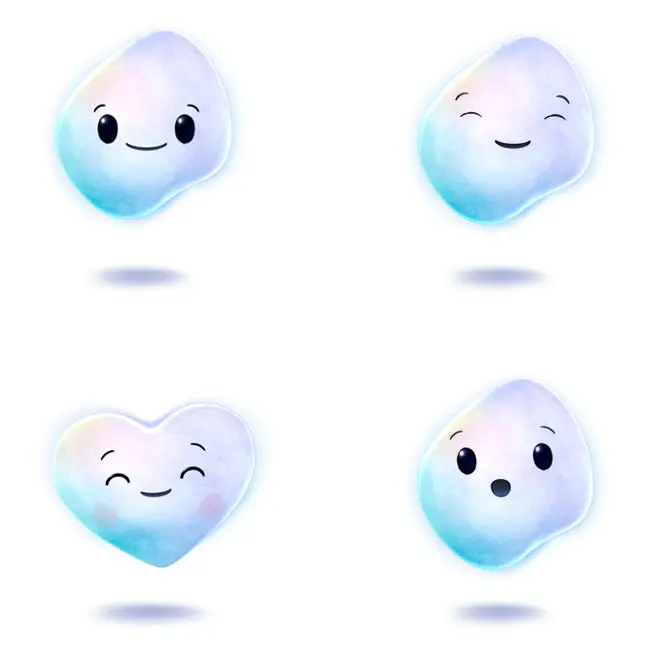Microsoft experiments with non-verbal expressions for Copilot. The similarities with Clippy are becoming increasingly striking.
Microsoft introduces a striking new feature for Copilot. In speech mode, Copilot will also be able to respond with non-verbal expressions. According to Microsoft, this leads to “more dynamic” interactions with the AI assistant.
Through speech mode, you can now give Copilot a “face”. Copilot then transforms into a cute, floating cloud that can take on various shapes and expressions during the conversation. This way, Copilot can not only talk back to you but also respond non-verbally. After Copilot could already see, hear, and speak, it now also gets a face.

Copilot Grows Up
This seems to be just the beginning. In a podcast, Mustafa Suleyman, head of Microsoft’s AI division, reveals the future vision behind Copilot. Suleyman says that Copilot will eventually have a “permanent identity”, will grow older, and will live in its own “room”. The current form of Copilot especially reminds us of Clippy, and we’re sure we’re not the only ones.
read also
“Microsoft Struggles to Sell Copilot”
Copilot Appearance is an experimental feature first tested in the United States, the United Kingdom, and Canada. It is toggled on and off via speech mode. Copilot currently only gets a face in the consumer version. Microsoft seems to realize that a cute mascot might not fit a professional context.
Despite all the new features and the aggressive sales style, Microsoft continues to struggle to convince users of Copilot. Microsoft’s AI assistant still does not enjoy the same popularity as its counterparts from OpenAI and Google. Copilot is now enabled by default for every Microsoft subscription, but there is a (well-hidden) way to kick it out again.
